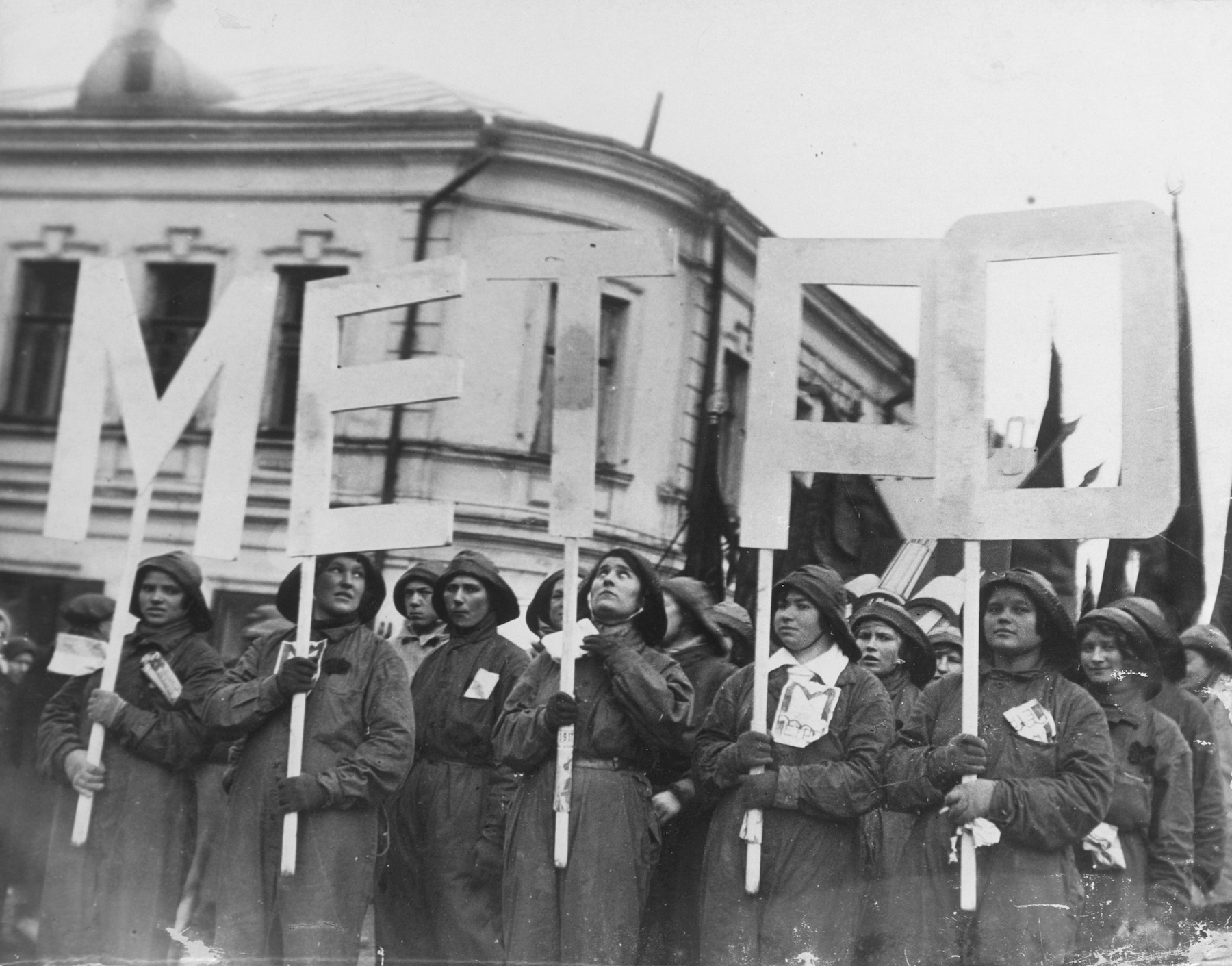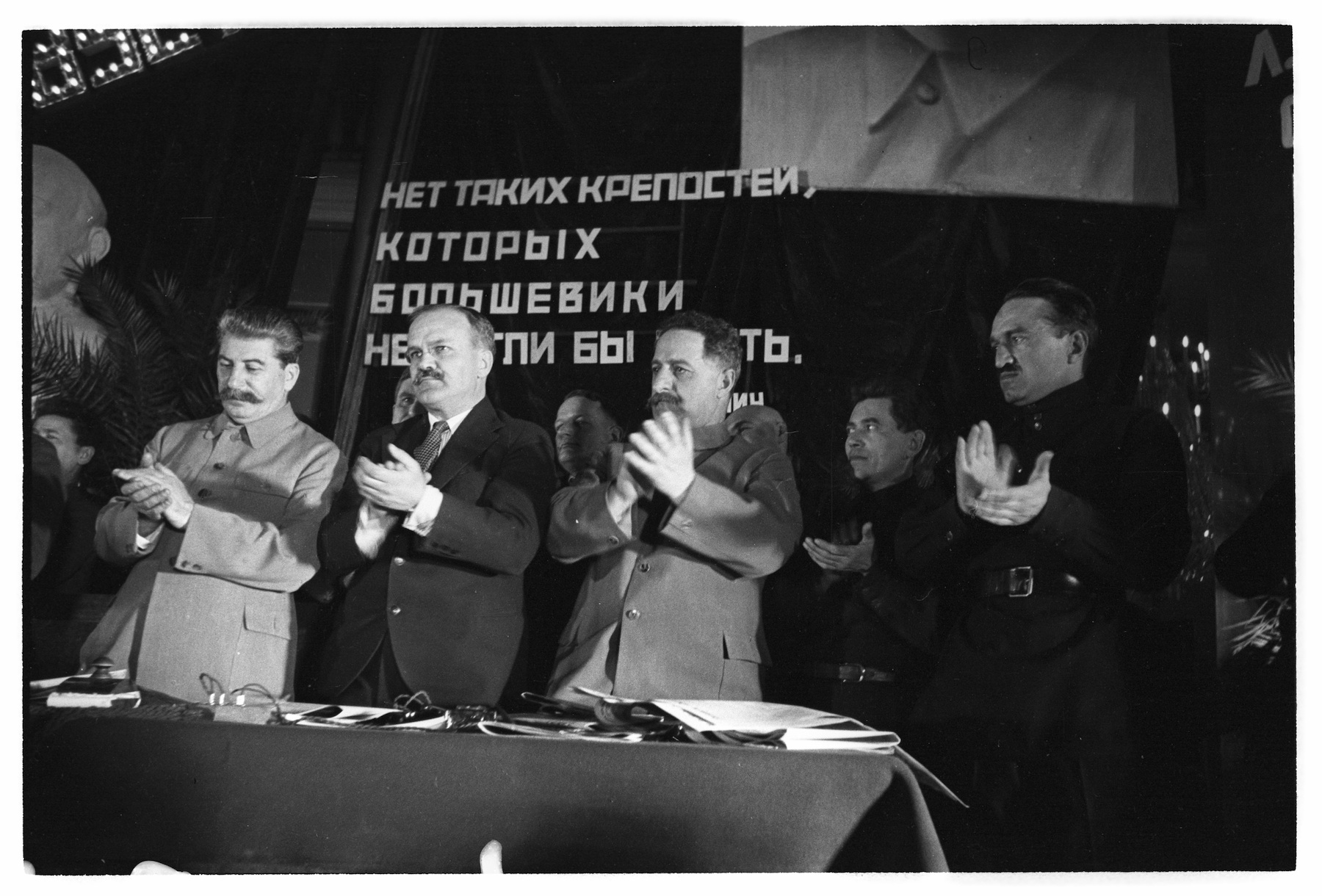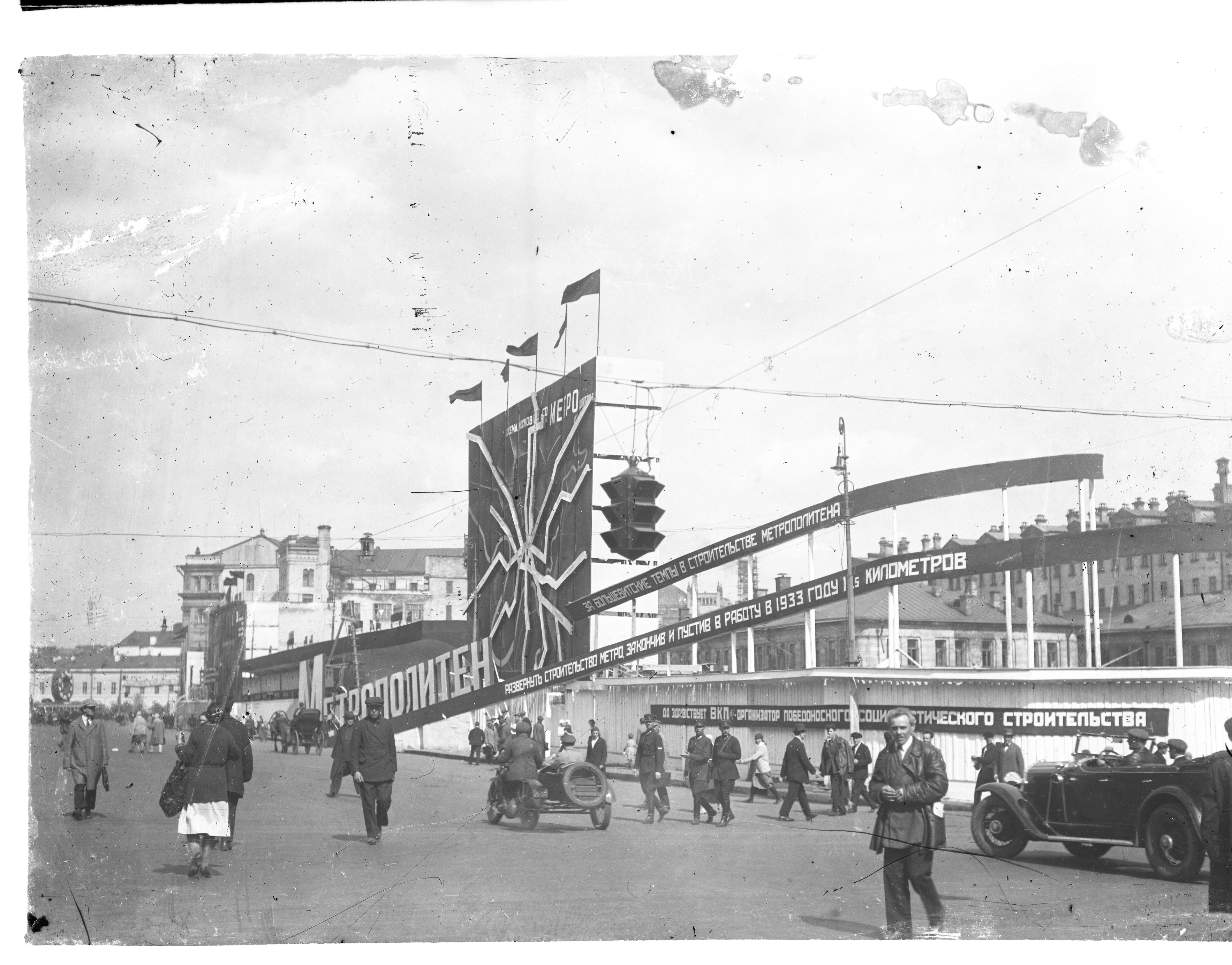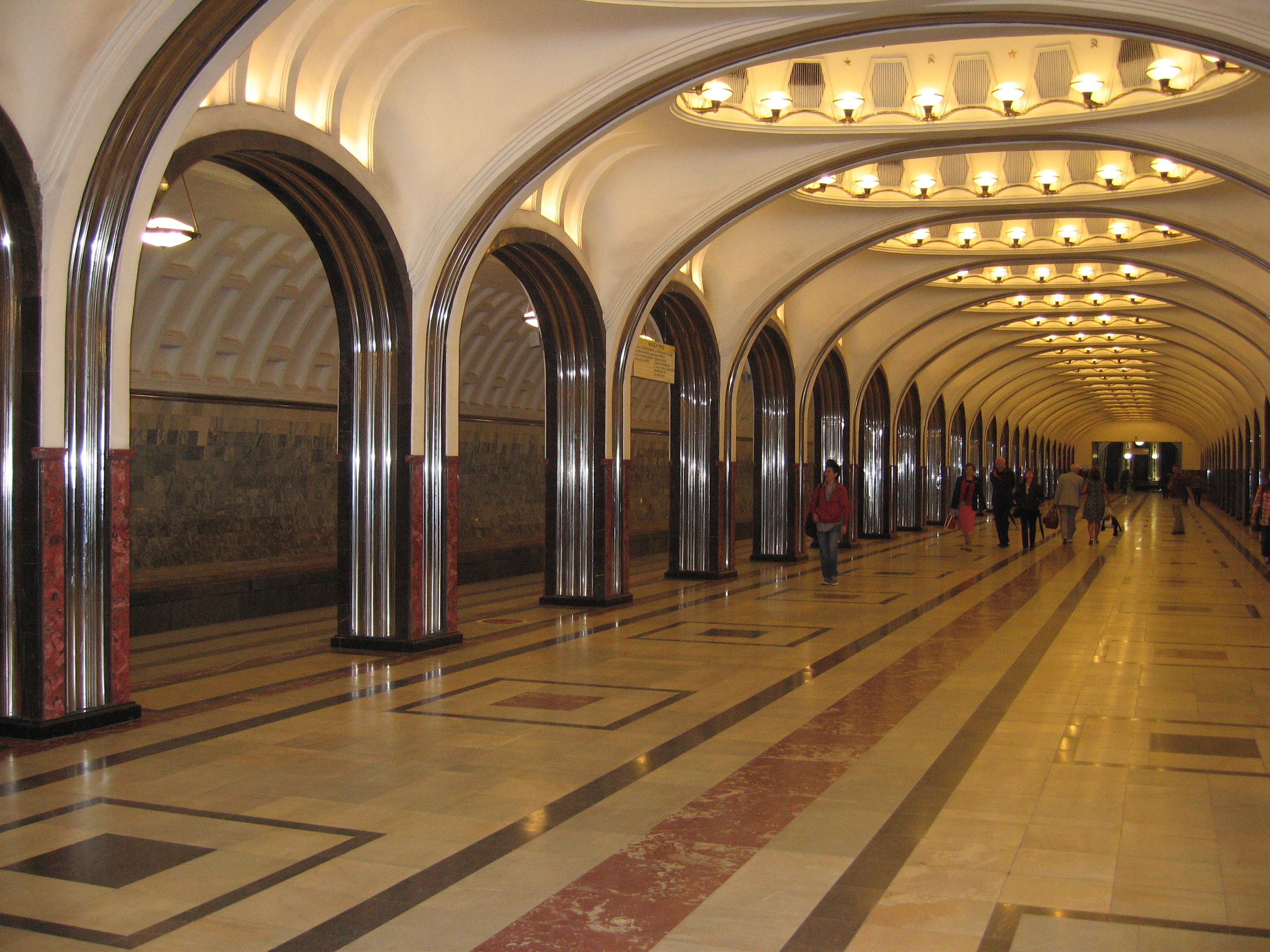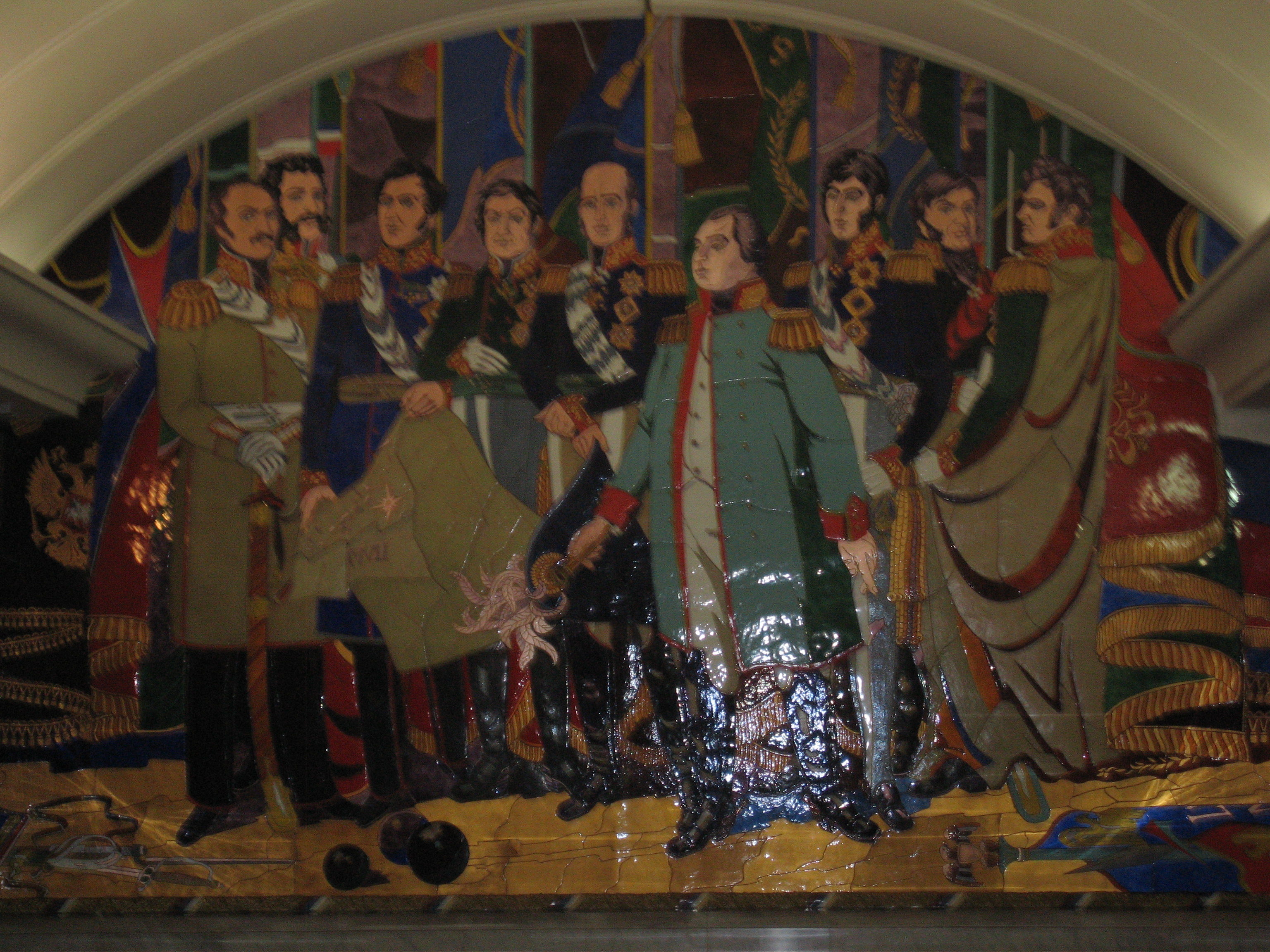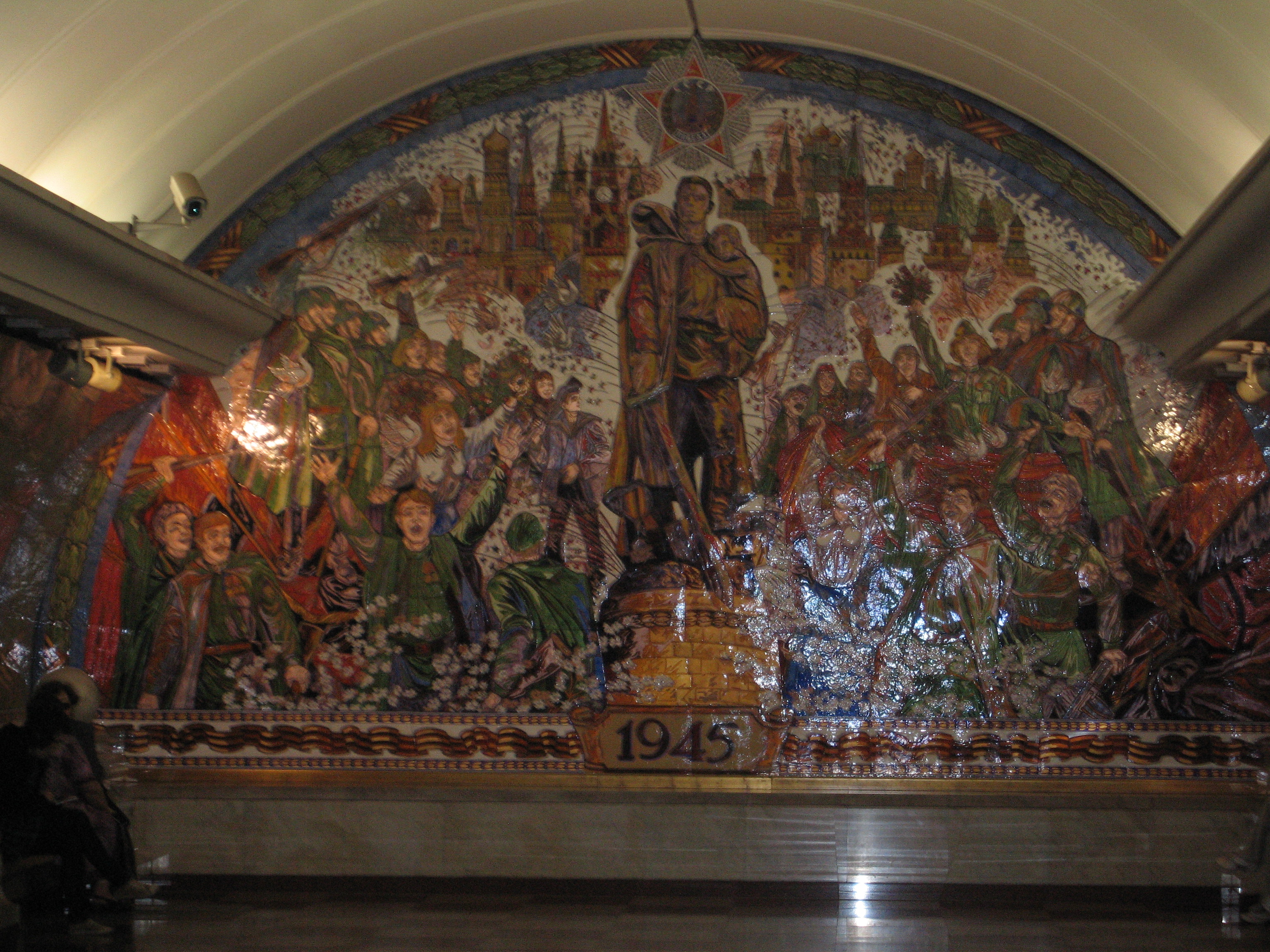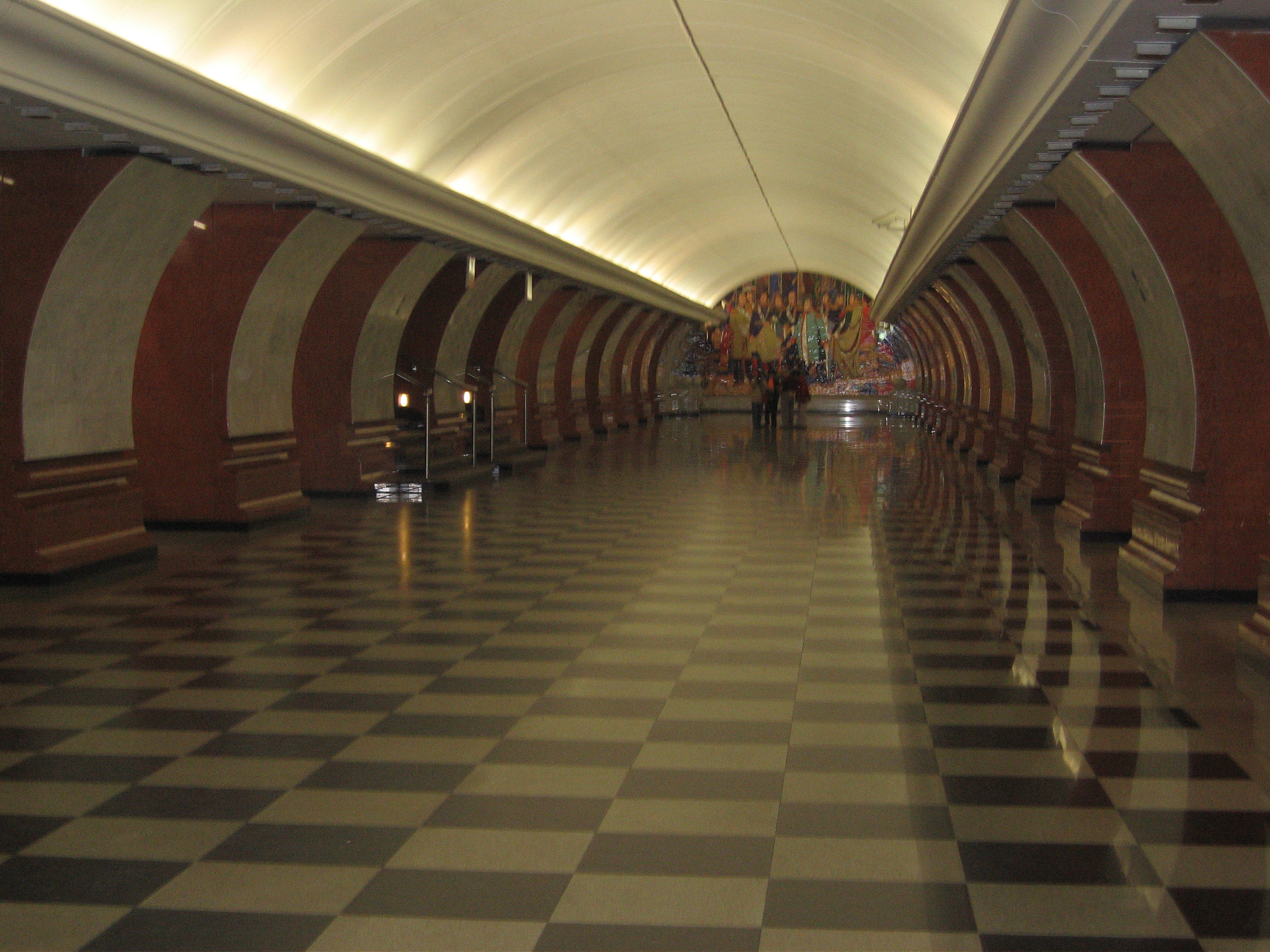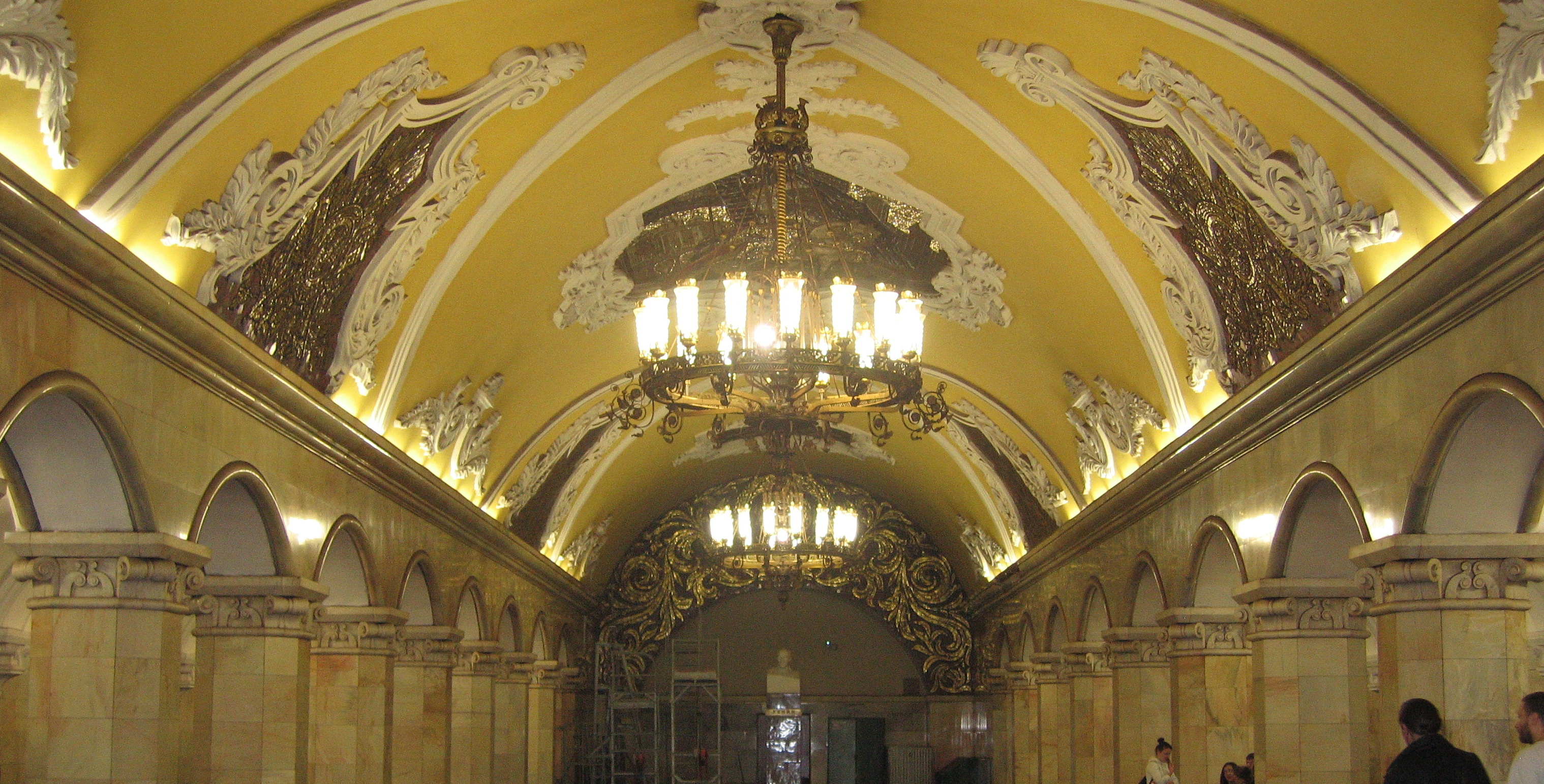The Moscow Metro serves more people per day than the New York City and London metros combined, with nearly 6.6 million daily riders.
James Andrews, professor of history, researches the history of the 206 stations that make up the main metro system, which continues to expand. His documentation shows how Moscow, where more than 13 million people reside, has handled the transport of its large and growing population.
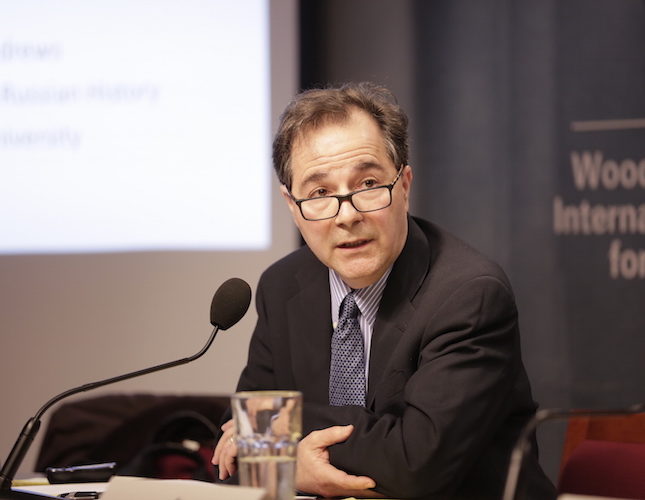
“The United Nations categorized approximately 25 global cities with populations over ten million as ‘mega cities’ to help look for ways to efficiently use energy and maximize infrastructure,” Andrews said. “Understanding how socialist economies created efficient forms of public transportation, such as metros, which are expanding today, can help us form global impact strategies to replicate these transportation networks in other parts of the world.”

Andrews’ documentation of the metro shows the evolution of its art and architecture across the decades in which it was built. Much of the metro was built in the 1930s and 40s and was decorated with artwork propagandizing communism.
“Every station had a story either symbolizing the revolution, or representing a poet who supported the Bolsheviks,” Andrews said.
As the metro continued to expand across decades, the stations changed with the culture of the nation. Today, old stations serve as a record for the style of architecture popular during their construction. As above-ground buildings from the same time period are replaced, an underground station might become the only remaining architecture from the time period in which it was built.
“Understanding how socialist economies created efficient forms of public transportation, such as metros, which are expanding today, can help us form global impact strategies to replicate these transportation networks in other parts of the world."
The evolution of the art across time also shows different ways to beautify a public space.
“Art can create spaces, in my opinion, that create a place where people feel comfortable,” Andrews said. "Sometimes in the West we only think in utilitarian norms to some extent. I can think of subways in the U.S., such as the Great Society Metro in D.C., built during the Johnson administration, that are bland, sanitized and devoid of art.”
The artistic value of the stations raises maintenance issues due to the expensive cost of refurbishing a building that holds more than purely functional value, a factor affecting the sustainability of the transportation system.
“I'm very interested in urban sustainability,” Andrews said. “How does a growing city sustain itself over time? Transport is very important globally, so maintaining those structures even if they're old is very critical, as well as expanding them."
Andrews gave a public lecture on his research at the Kennan Institute in Washington, D.C., last year and is working on documenting his research in "Iconic Metropolitan: Mass Mobility, Architectural Visions, and the Politics of Public Space in Modern Russia," which will be the first book in English on the history of the Moscow Metro.
Photos:
